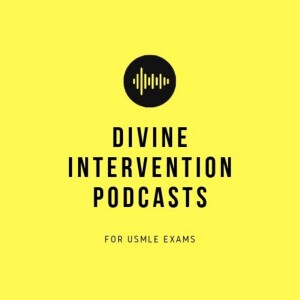

Criminal Law Lecture 2 of 5: The crucial elements of criminal liability, primarily causation and defenses
Criminal Law - Week 2 Lecture
Main Themes:
This lecture focuses on the crucial elements of criminal liability, primarily causation and defenses.
It delves into the different types of defenses, categorizing them as justifications and excuses, and provides a detailed explanation of each, including relevant case law examples.
Most Important Ideas and Facts:
1. Causation:
Factual Causation: This establishes the basic link between the defendant's action and the harm. The 'but for' test is employed, asking whether the harm would have occurred "but for" the defendant’s conduct.
Example: "if an individual fires a gun and causes another person's death, factual causation is established because, but for the act of shooting, the death would not have occurred."
Proximate (Legal) Causation: This goes beyond factual causation, assessing whether it's fair and just to hold the defendant liable. This involves considering foreseeability and intervening acts.
Example: If a driver runs a red light causing a chain reaction resulting in a distant vehicle catching fire, "the chain of causation might be considered too remote for the original driver to be held criminally liable for that death."
2. Types of Defenses:
Justifications: The act was technically unlawful but acceptable under the circumstances, focusing on the rightness of the act.
Self-Defense: Using reasonable force to protect oneself from imminent harm.
Defense of Others: Using reasonable force to protect another person facing a threat.
Necessity: Breaking the law to prevent a greater harm, choosing the "lesser of two evils."
Excuses: The act was unlawful, but the defendant should not be held fully accountable due to personal circumstances, focusing on the individual.
Insanity: Mental illness preventing the understanding of the nature or wrongfulness of actions. Tests used include the M'Naghten Rule, Irresistible Impulse Test, and the Model Penal Code (MPC) Test.
Duress: Being forced to commit a crime under immediate threat of harm.
Consent: Victim's informed and voluntary agreement negating criminal liability in specific situations.
Infancy: Individuals too young to understand consequences of their actions.
3. Key Concepts Within Defenses:
Self-Defense and Defense of Others: Requires imminence of threat, proportionality of force used, and in some jurisdictions, a duty to retreat. Stand Your Ground laws offer an exception to the duty to retreat.
Insanity Defense: Rarely successful and requires substantial evidence, often leading to commitment to a mental institution rather than release. Different tests, like the M'Naghten Rule and the Irresistible Impulse Test, are used to assess legal insanity.
Duress, Necessity, and Consent: Duress involves immediate threat and lack of reasonable escape. Necessity involves choosing the lesser evil to prevent greater harm. Consent is valid only when informed, voluntary, and within the boundaries of the law.
4. Relevant Case Law Examples:
People Vs. Goetz: Highlights the complexities of self-defense, especially concerning reasonableness and subjective fear.
Durham Vs. U.S.: Introduced the Durham Rule, broadening the scope of the insanity defense by considering mental illness's role in the defendant's actions.
State Vs. Toscano: Explores the limits of duress defense, focusing on the immediacy of the threat and the availability of alternatives.
Conclusion:
This lecture emphasizes the interplay between establishing criminal liability through causation and the application of various defenses to potentially negate that liability. It provides a comprehensive overview of the types of defenses, their requirements, and limitations, illustrated with key case law examples. The lecture successfully highlights the complexities and nuances inherent in criminal law, balancing accountability with fairness and justice.
More Episodes
All Episodes>>You may also like
Create Your Podcast In Minutes
- Full-featured podcast site
- Unlimited storage and bandwidth
- Comprehensive podcast stats
- Distribute to Apple Podcasts, Spotify, and more
- Make money with your podcast












